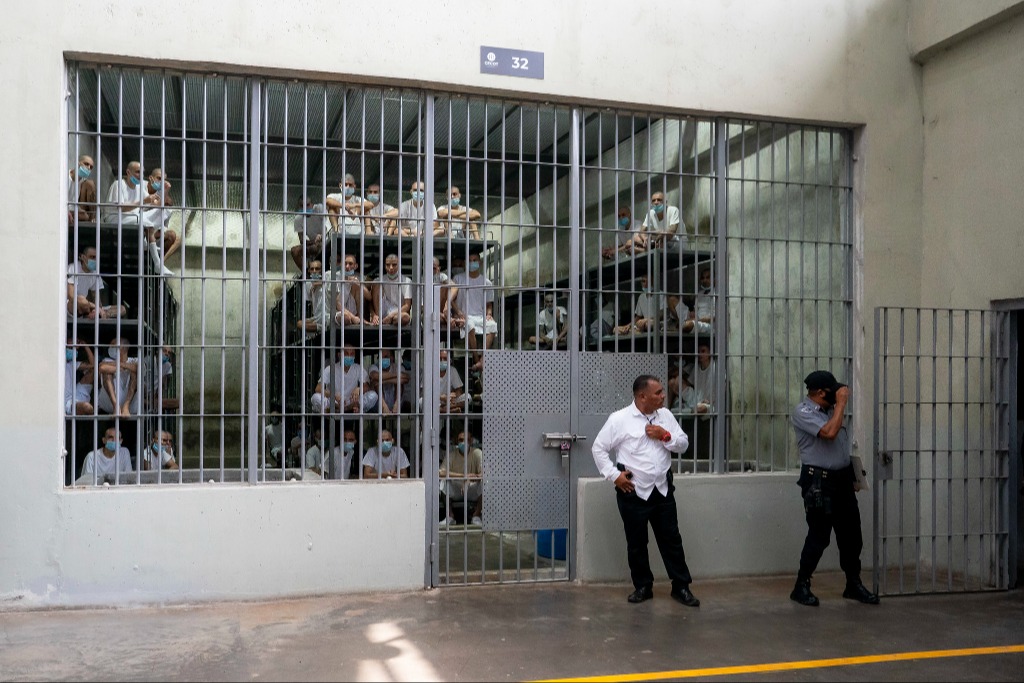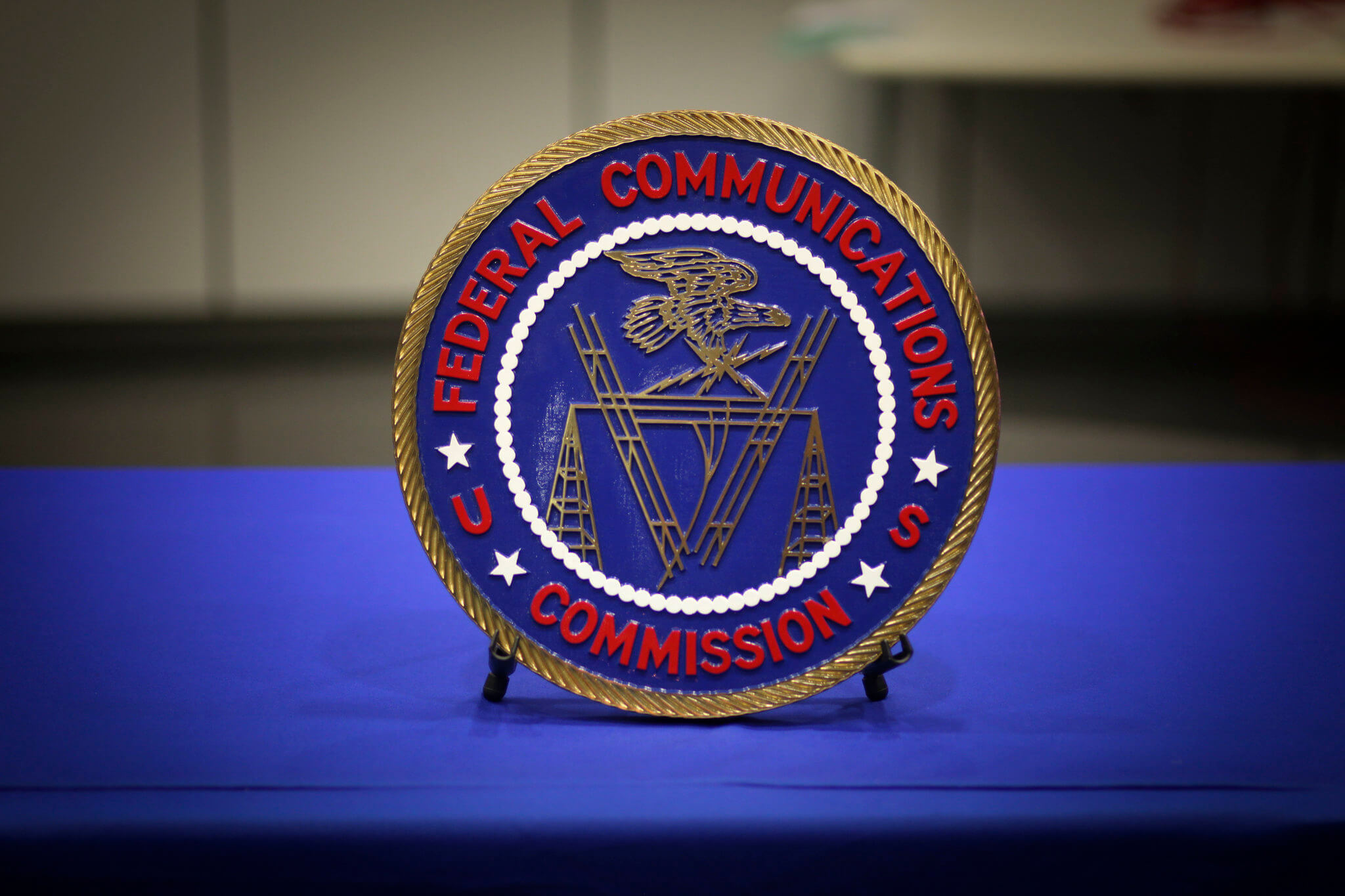Japan’s 5G Approach Sets a Model for Global Cooperation
Japan has adopted a cross-vendor approach to its 4G and 5G infrastructure, allowing a more flexible combination of suppliers and alleviating supply-chain risks.

Published by The Lawfare Institute
in Cooperation With

As countries around the world develop their fifth-generation mobile networks—known as 5G—heated discussions have broken out about how to approach procurement. Since there are a limited number of 5G vendors, many countries have raised concerns over vendor lock-in—that is, dependence on a single vendor and an inability to switch vendors without incurring significant costs—and its implications for supply-chain risk. Media attention has focused on the question of whether the U.S. and its European allies will permit Huawei to play a role in these networks. But amid these tensions, some countries have started to seek international collaboration to take a cross-vendor approach and promote market competition to improve the quality of the technology and lower prices. Japan, Australia and the U.S. have also launched a regional cooperative effort to help developing countries adopt communications infrastructure in a market-driven, transparent and financially sustainable manner—both in the Indo-Pacific and around the world.
Japan has already adopted a cross-vendor approach to its 4G and 5G infrastructure, allowing a more flexible combination of suppliers and alleviating supply-chain risks. Through collaboration with international players, Japan aims to prevent vendor lock-in from strangling alternative options to choose and facilitate fair competition. The Japanese tech industry has been actively leading new 5G coalitions and technology, collaborating with global network service providers and equipment providers.
Unlike the approach taken by the U.S., the Japanese government does not ban technology by any specific country or vendor. Rather, its policy requires network service providers to ensure cybersecurity in their 5G services. For example, in December 2018, the Japanese government issued guidelines for government procurement of information technology products and services prior to allocating 5G frequency to Japanese network service providers in April 2019. While the document urges the Japanese government and contractors to be mindful of cybersecurity and supply-chain risks, it avoids naming any country or vendor. Still, Japanese companies must continue to monitor the development of regulations in Japan and other countries—including, in the United States, the U.S. National Defense Authorization Act—to see if these policies have any impact on their contracts and procurement.
This year, the Japanese government began offering tax incentives to incentivize network service providers to invest in secure 5G infrastructure and mitigate supply-chain risks. The 5G tax incentives, which will be offered in 2020 and 2021, encourage industry to ensure credibility, openness to international standards, security and supply sustainability.
On top of these efforts, rather than auctioning off 5G spectrum to the highest bidder, in 2019 the Japanese government allocated 5G spectrum to Japanese network service providers that commit to nationwide deployment by 2024. This means Japanese telecoms are under less near-term financial pressure to monetize their 5G services than their counterparts in other countries, which may be tempted to use cheaper products with potentially laxer security measures.
Three of Japan’s largest telecommunications and technology companies—NTT DOCOMO, KDDI and SoftBank—started to provide 5G services this March. Rakuten, another Japanese mobile provider, had planned to start offering 5G services in June, but the coronavirus pandemic has delayed the development of Rakuten’s software and the launch date has been postponed until September.
Japan has two equipment providers to support 4G and 5G—NEC and Fujitsu—which provides Japanese network service providers with more options when it comes to vendor selection. Traditionally, NTT DOCOMO, KDDI and SoftBank have been Japan’s three telecom companies offering 4G services, but Rakuten also began providing mobile services in April 2020. Although SoftBank uses Huawei and ZTE equipment for its 4G base stations, it reportedly decided not to use any Chinese vendors for its 5G services in 2019. SoftBank did not explain why it had chosen Nokia and Ericsson over Huawei.
5G vendor lock-in would hamper future innovation and flexible adaptation, and innovation and global collaboration are needed to overcome this. Back in 2010, NTT DOCOMO became the first network service provider in the world to achieve a multivendor approach for 4G infrastructure. In 2016, the company commercialized a multivendor virtualization technology to separate software and hardware in 4G core networks. This virtualization allows better connectivity even in congested traffic, greater reliability of communication services through redundancy, and speedier provision of communication services. Moreover, since virtualization promotes the use of versatile products, it leads to higher performance of network equipment per unit of cost spent.
New alliances within industry have created cutting-edge infrastructure and technologies with 5G or beyond. In 2019, my company, Nippon Telegraph and Telephone Corporation (NTT), launched a new communication infrastructure initiative called the Innovative Optical and Wireless Network (IOWN), which aims to produce innovative end-to-end communications infrastructure with full-stack acceleration, all photonics networks and wireless networks such as 5G and beyond. IOWN is expected to improve transmission capacity by 125 times, end-to-end latency by 200 times and power efficiency by 100 times. This new approach could help the internet tackle many of its current challenges, including explosive data growth, high power consumption and an exponential increase in cyberattacks.
Yet such an ambitious project could not be achieved by a single company. To succeed, the concept requires support from diversified technical players in fields such as artificial intelligence, cybersecurity and quantum computing—all of which would need to start thinking beyond the current internet. That is why NTT, Intel and Sony have established the IOWN Global Forum to create next-generation technology and bring in a wide variety of companies, as well as academics, to drive innovations in computing, communications and network infrastructure. As of August 2020, the members include Ciena, Chunghwa Telecom, Dell, Delta Electronics, Fujitsu, Microsoft, NEC and Toyota.
In June 2020, NEC and NTT unveiled an alliance to develop equipment for 5G base stations in compliance with Open Radio Access Network (O-RAN) and to collaborate on high-quality and low-cost information technology products, such as digital signal processor chips and submarine cables. The alliance aims to drive open architecture—including O-RAN—in the communications industry, and to jointly develop technologies including optical and wireless devices to realize the IOWN initiative. While NEC’s global 5G market share is currently less than 1 percent, the company aims to take 20 percent by 2030.
Global coalitions are also crucial for establishing international standards for a multivendor approach. Japanese network service providers are currently members of the O-RAN Alliance and the 3rd Generation Partnership Project (3GPP). These coalitions are key to adopting international standards for the interface between different components of radio access networks in order to ensure flexible combinations of RAN units, make the interface open to multiple vendors, and avert 5G vendor lock-in. A standardized interface would allow industry to take a cross-vendor approach, alleviate the supply-chain risks caused by monopoly, and promote competition in terms of both price and quality. Because these partnerships offer standardization to solve security and vendor lock-in issues, more companies will hopefully be encouraged to develop 5G devices in compliance with their standards.
Financial investment is another challenge to the development of communications infrastructure. Investment is essential to ensuring the maintenance of infrastructure throughout its life cycle and avoiding the risk of companies or countries falling into excessive debt. That is why, in November 2019, Japan, Australia and the U.S. unveiled the Blue Dot Network—a multi-stakeholder initiative that brings together governments, the private sector and civil society to promote high-quality, trusted standards for global infrastructure development in an open and inclusive framework. The Blue Dot Network evaluates and certifies nominated infrastructure projects based on adherence to commonly accepted principles and standards that promote market-driven, transparent and financially sustainable infrastructure development in the Indo-Pacific region and around the world.
The main stakeholders from the three countries are the U.S. International Development Finance Corporation (DFC), Australia’s Department of Foreign Affairs and Trade, and the Japan Bank for International Cooperation (JBIC). In his interview with the Japanese newspaper Sankei Shimbun in November 2019, David Bohigian—former acting president and chief executive of the Overseas Private Investment Corporation, which is now replaced by the DFC—stated that a few dozen countries have already expressed interest in the Blue Dot Network.
Eight months later, in July 2020, Japanese Prime Minister Shinzo Abe and Australian Prime Minister Scott Morrison discussed 5G issues and agreed to strengthen bilateral cooperation on cybersecurity and technology for secure and resilient critical infrastructure. This high-level agreement between Japan and Australia will likely contribute to the development of cybersecurity-driven 5G technology.
Beyond international partnerships, Japan also actively contributes to the development of transnational infrastructure. In July 2020, based on cost and feasibility, the Chilean government selected an 8,077-mile undersea cable route proposed by Japan for the first fiber-optic cable to directly connect South America and the Asia-Pacific region. The route will pass through Auckland, New Zealand, and Sydney, Australia. Because undersea cables transmit 95 percent of international communications, the new route will play a pivotal role for 5G as well.
Press reports indicate that Chile will likely bring NEC onboard to help in construction of the new undersea cable, given that NEC is one of the three leading suppliers for undersea cables. In that case, the JBIC will be also involved in funding the project—another example of how the Japanese government and industry can contribute to diversifying options for communications infrastructure beyond 5G.
Japan has driven 5G supply-chain risk management by adopting a multivendor approach and fostering international partnerships for innovation and standards-setting. In addition, the Blue Dot Network and the undersea cable between Chile and the Asia-Pacific have demonstrated how much Japan contributes to developing high-quality infrastructure. As countries around the world consider how to structure their 5G networks, now is the time for the Japanese government and industry—as well as non-Japanese governments and companies—to expand their global collaboration.





